It is the purview of business, of government, of life itself. That means there is application for training and developers–especially in the area of promoting tests of creativity in the workplace and encouraging the idea that creativity is not only the key to higher productivity, but also innovative products and services.
The article: The Creativity Crisis by Po Bronson and Ashley Merryman July 10, 2010
“For the first time, research shows that American creativity is declining. What went wrong—and how we can fix it.”
Designed by Professor E. Paul Torrance, he had a group of psychologists administer a creativity test to 400 students back in 1958. The article mentions one child in particular, eight-year-old Ted Schwartzrock, who is given the task to examine a toy firetruck and asked, “How could you improve this toy to make it better and more fun to play with?” He immediately rattled off 25 improvements.
Creativity is defined in Wikipedia as “the phenomenon whereby a person creates something new (a product, a solution, a work of art, a novel, a joke, etc.) that has some kind of value. What counts as “new” may be in reference to the individual creator, or to the society or domain within which the novelty occurs. What counts as valuable is similarly defined in a variety of ways.” Even though this is only the Wikipedia definition, I think it hits home rather well. There’s more.
“Torrance developed the Torrance Tests of Creative Thinking in 1966. They involved simple tests of divergent thinking and other problem-solving skills, which were scored on:
- Fluency – The total number of interpret-able, meaningful and relevant ideas generated in response to the stimulus.
- Originality – The statistical rarity of the responses among the test subjects.
- Elaboration – The amount of detail in the responses.”
What’s important here is that Schwartzrock, one of the subjects of this test, was not known to be a “creative.” In fact, he was destined to be come a doctor. But that isn’t all. From the article:
“Today, Schwarzrock is independently wealthy—he founded and sold three medical-products companies and was a partner in three more. His innovations in health care have been wide ranging, from a portable respiratory oxygen device to skin-absorbing anti-inflammatories to insights into how bacteria become antibiotic-resistant. His latest project could bring down the cost of spine-surgery implants 50 percent. ‘As a child, I never had an identity as a creative person, ” Schwarzrock recalls. ‘But now that I know, it helps explain a lot of what I felt and went through.’”

The value of creative tests as compared to IQ tests is still debated, but what can not be debated is that our creativity quotient, if there is one, is going down. We are simply not producing the same level of creatively producing individuals. It also means creativity is not just for the arts, but is found in many professions. For example, engineers, architects, and musicians score similarly in the creative areas so that explains the innovative nature of their work. The fact that scientists are every bit as creative as artists is hardly in question. In fact this is the subject of Steve Martin’s critically acclaimed play, Picasso at the Lapin Agile, where Picasso and Einstein meet. The essential element they share is creativity–the ability to demonstrate “fluency, originality and elaboration” as described by Torrance.
Because of the economy, we have shut out many of the arts programs in our schools, opting for the knowledged-based traditional subjects, and for some students their only access to exercises and learning to enhance creative thinking is through the arts. It makes a lot of sense on the surface, but let’s do something to make those other classes promote creativity as well.
But the arts aren’t the only key to innovation, courses that use problem solving, that reward innovation also help us train our brains to bring in the “right” brain to solve problems sooner. It seems we use our “left” brain first, looking at logic, taking a part the problem and seeking a direct approach; while it is the “right” brain that comes up with innovation.
Now, if you’re thinking “our kids all do video games and surely, this must have an effect.” It does, but not what you think. Television and video games have done just the opposite. In many ways, both media represent the results of creative thinking by others, it doesn’t force innovative thinking on the part of viewers or participants. Video games asks participants to make choices not come up with creative solutions. In fact, tests have shown the opposite: video games in particular may enhance thinking reaction time, but that’s not the same thing. The electronic media is making our kids less dependent on figuring out unique solutions and does not enhance their creativity.

Here in the U.S. we seem to be a little slow in recognizing the value of instilling creativity in the classroom with problem solving and other exercises that require our students to think creatively; however, for the few schools who have tried it, their National test scores on the standardized tests overall have improved greatly.
There’s not enough information out there to make a broad determination scientifically, but it makes sense to try. Europe and China already are engaged in these activities. Are they recognizing the importance faster than we are? If so, that means more productivity and innovation coming from that direction in competition here. Maybe we should be worried.
Can we train creativity? Certainly, but not to the point we are making creative geniuses. We can train to make the ordinary man and women who is more “left” brain than “right” brain by giving them unusual problem solving exercises that make the “right” brain activate sooner. We also can apply testing that identifies those who already exhibit higher levels of creativity and nurture it. If we want a dynamic company full of innovative ideas and products, we need to do this.

Schwarzrock, say our authors, “was hardly on track to becoming the prototype of Torrance’s longitudinal study. He wasn’t artistic when young, and his family didn’t recognize his creativity or nurture it. The son of a dentist and a speech pathologist, he had been pushed into medical school, where he felt stifled and commonly had run-ins with professors and bosses. But eventually, he found a way to combine his creativity and medical expertise: inventing new medical technologies.”
Feeling unappreciated? Maybe it’s because your creativity is being stifled like Schartzrock. If you don’t know if you have creative tendencies, there are tests out there you can take independently to see. I’m not suggesting you change your job, but maybe it’s time to change tactics in how you approach common problems at work. Hopefully, companies will recognize this human potential use it to its advantage.
Again from Po Bronson and Ashley Merryman: “Creativity has always been prized in American society, but it’s never really been understood. While our creativity scores decline unchecked, the current national strategy for creativity consists of little more than praying for a Greek muse to drop by our houses. The problems we face now, and in the future, simply demand that we do more than just hope for inspiration to strike. Fortunately, the science can help: we know the steps to lead that elusive muse right to our doors.”
As for trainers and training developers, it’s up to us to be ready when the call comes for us to deliver the innovative thinkers and creative solutions. I think it’s long overdue.
—
For more resources about training, see the Training library.
Creative trainers can make a difference. That’s my opinion. My intention is to stimulate ideas, even opposition, so please respond at will. More of what I have to say can be found on my website, which of course is a full-blown creative solution to your training needs, he says with a smile. Check out my new book, The Cave Man Guide to Training and Development, an innovative way to look at training by looking at from a different perspective. Happy training.
 Sections of this topic
Sections of this topic















